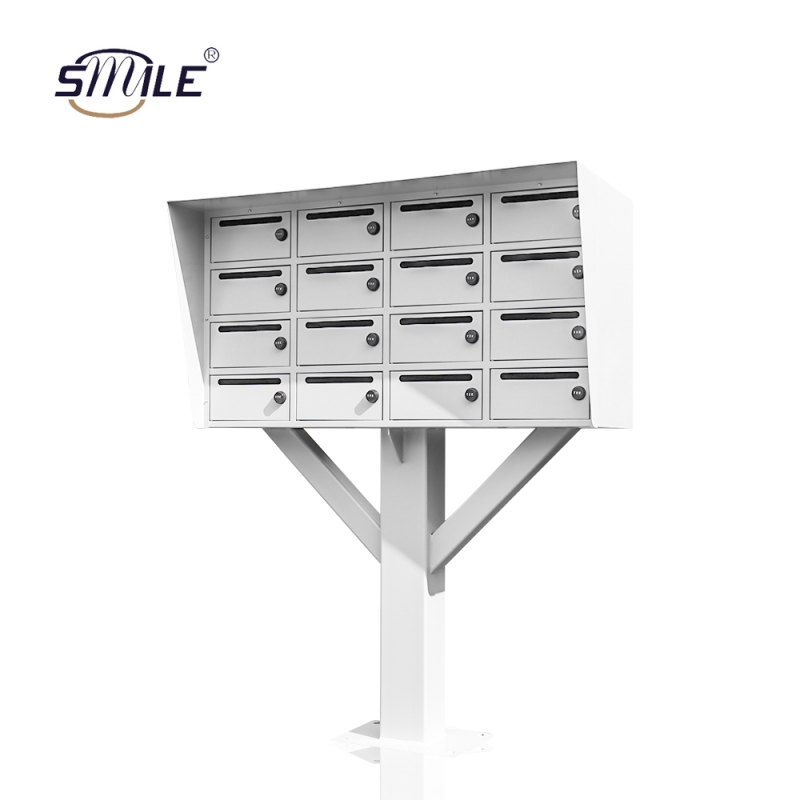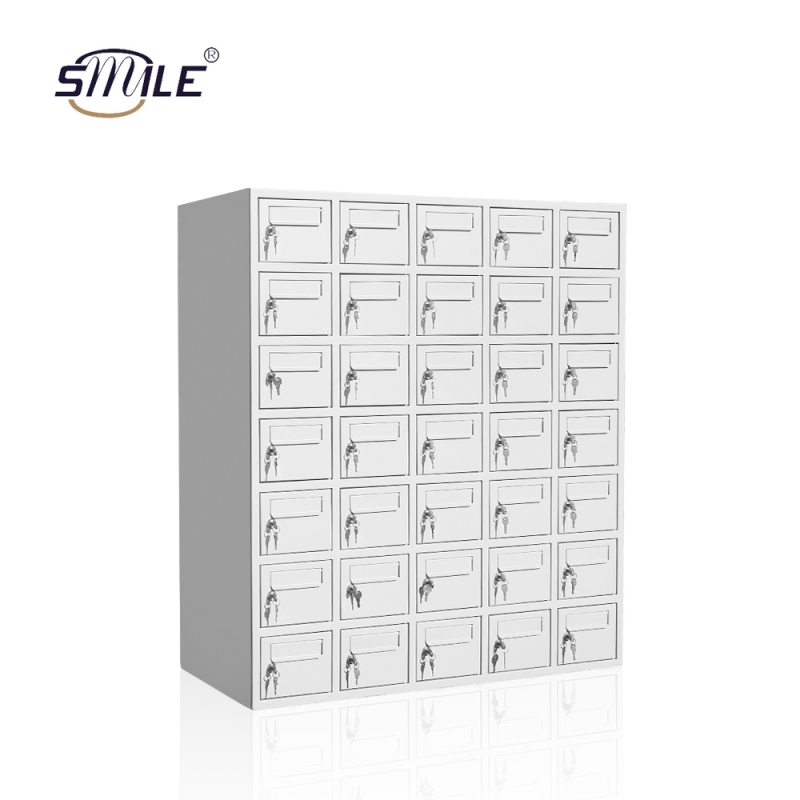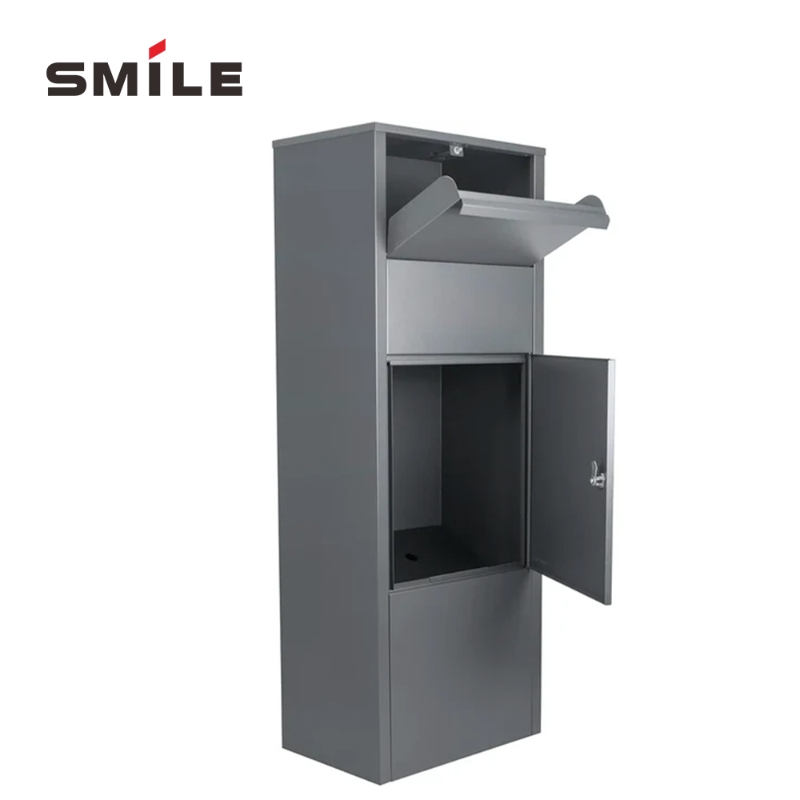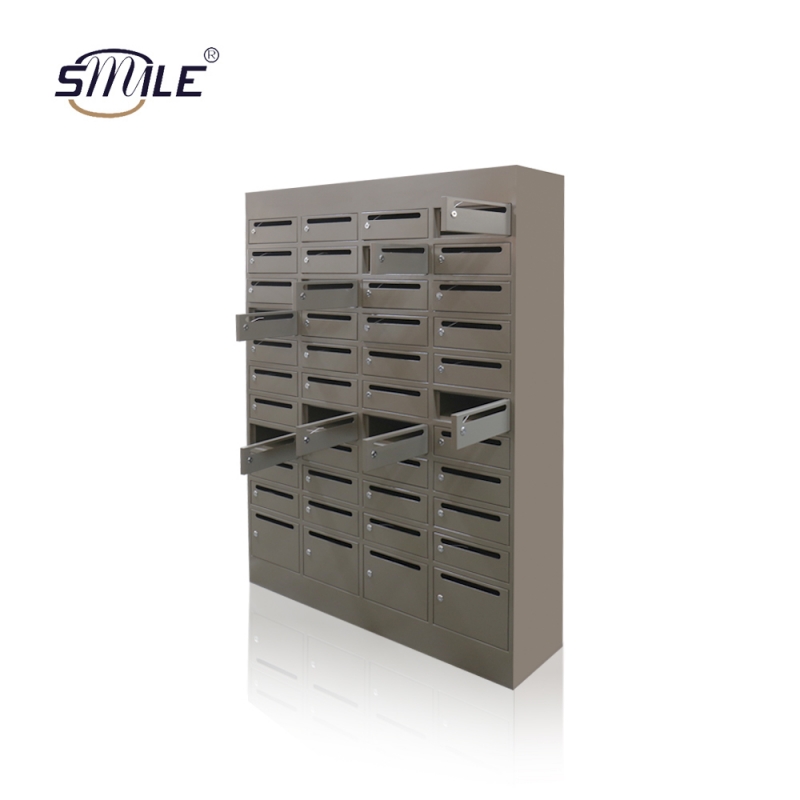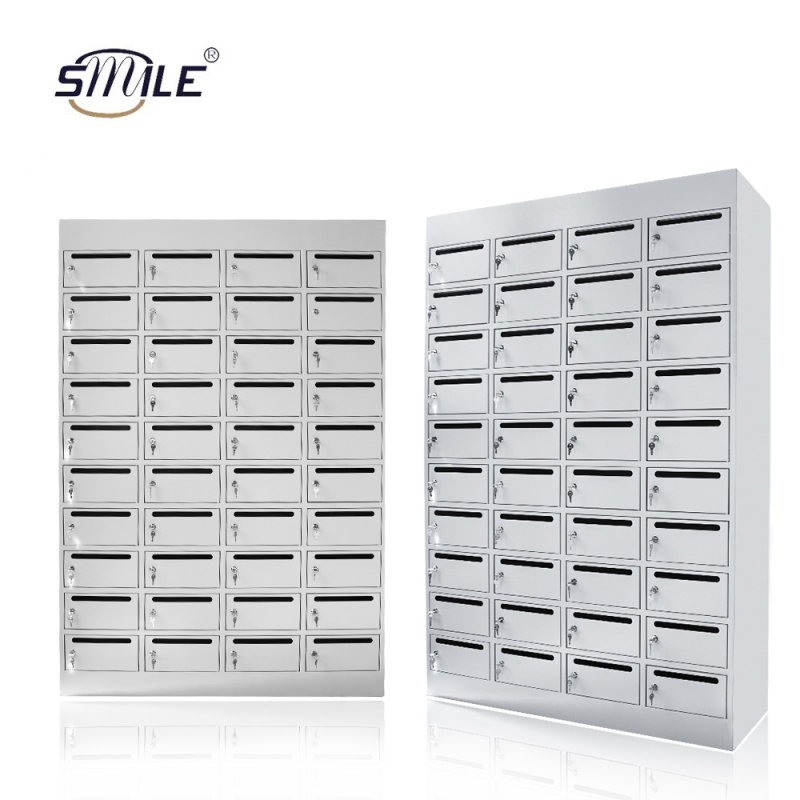Why do some equipment housings use sheet metal while core components require castings, even though both are metal parts? As intelligent upgrades accelerate in manufacturing, demand for metal components continues to grow. Yet the differing selection criteria for sheet metal and castings leave many enterprises facing difficult decisions.
With 20 years of expertise in sheet metal fabrication and experience serving clients across over 120 global cities, Shenyang SMILE Technology Co., Ltd. has distilled the selection logic for the industry.

I. Different Processes: A Striking Contrast Between Cold Working and Hot Working
The fundamental difference between sheet metal parts and castings is determined from the very first step of manufacturing. Sheet metal parts use metal sheets like steel or aluminum as raw materials, shaped through cold-forming processes such as laser cutting, bending, and stamping—without any metal melting involved. Much like origami, external forces induce plastic deformation in the sheet material. Take a server chassis, for instance: an aluminum sheet can be cut and bent into its basic form within three hours. This process requires no complex molds, offering significant cost advantages for small-batch production.
Castings, however, follow a different production path. Workers pour molten iron into sand molds. After cooling, the mold is removed, and the part undergoes grinding and heat treatment to produce a rough casting. Casting is a “liquid forming” process capable of creating components with complex internal cavities and irregular curved surfaces—such as the oil and water passages in an engine block. This monolithic construction eliminates the risk of leakage from joints. However, casting molds are costly. Sand molds are typically single-use, while custom metal molds often require hundreds of thousands of yuan in development fees, making them inefficient for small-batch production.
II. Performance Differences: Enterprises Should Select Based on Their Needs
The machine tool bed is constructed from cast iron, while the external protective housing utilizes sheet metal components. This exemplifies a classic case of component selection based on performance requirements. The machine tool bed demands high hardness, wear resistance, and vibration damping properties—all perfectly met by cast iron after heat treatment. Conversely, the protective housing requires lightweight construction and easy disassembly, making sheet metal's toughness and machining flexibility a superior fit.
Industry data indicates sheet metal parts achieve high forming precision, with bending accuracy reaching ±0.1mm and surface smoothness suitable for applications demanding high aesthetics like instrument housings. Though castings exhibit lower raw precision (dimensional tolerances ±1-5mm), machining enables them to withstand pressures exceeding 10MPa and temperatures above 500°C, making them irreplaceable in hydraulic cylinder bodies, boiler components, and similar fields. In the automotive sector, aluminum sheet metal body panels reduce weight by 60%, while transmission housings must use cast steel to ensure structural integrity.
III. Methodological Approach: Four Dimensions to Overcome Decision-Making Challenges
Companies no longer need to rely on “experience-based selection.” Instead, evaluate based on these four dimensions: - Structural complexity: Opt for sheet metal for simple three-dimensional structures, while complex cavities and irregular curved surfaces necessitate castings. An electronics manufacturer once attempted to assemble a pump body using sheet metal, but production accidents occurred due to poor sealing. They ultimately switched to castings to resolve the issue. For batch cost analysis: sheet metal is optimal for small batches under 1,000 units or pilot production, while castings become more cost-effective for large volumes exceeding 10,000 units. A home appliance manufacturer producing refrigerator compressor housings found that after reaching a batch size of 100,000 units, the unit cost of castings was 40% lower than sheet metal. For installation and maintenance, sheet metal is preferred for components requiring disassembly and repair, while castings are chosen for core load-bearing parts requiring long-term maintenance-free operation. Regarding performance requirements, sheet metal is selected for lightweight and high-toughness applications, while castings are preferred for high-hardness and high-pressure resistance needs.
Many companies now adopt “hybrid solutions.” For instance, an automation equipment manufacturer uses sheet metal for the equipment frame while employing castings for core load-bearing components, balancing cost control with performance assurance. With the digital transformation of manufacturing, some enterprises have introduced material selection simulation software. By inputting structural specifications, production volume, and performance requirements, they can rapidly identify the optimal solution.
With advancements in material technology and manufacturing processes, while the application boundaries of sheet metal parts and castings have overlapped, their core differences remain distinct.
Shenyang SMILE Technology Co., Ltd., a leader in the sheet metal field, leverages its 20 years of deep expertise and global service experience to not only provide professional sheet metal products and services but also to help enterprises clarify the selection logic between sheet metal parts and castings. This positions SMILE as a reliable partner for businesses on their manufacturing journey.

